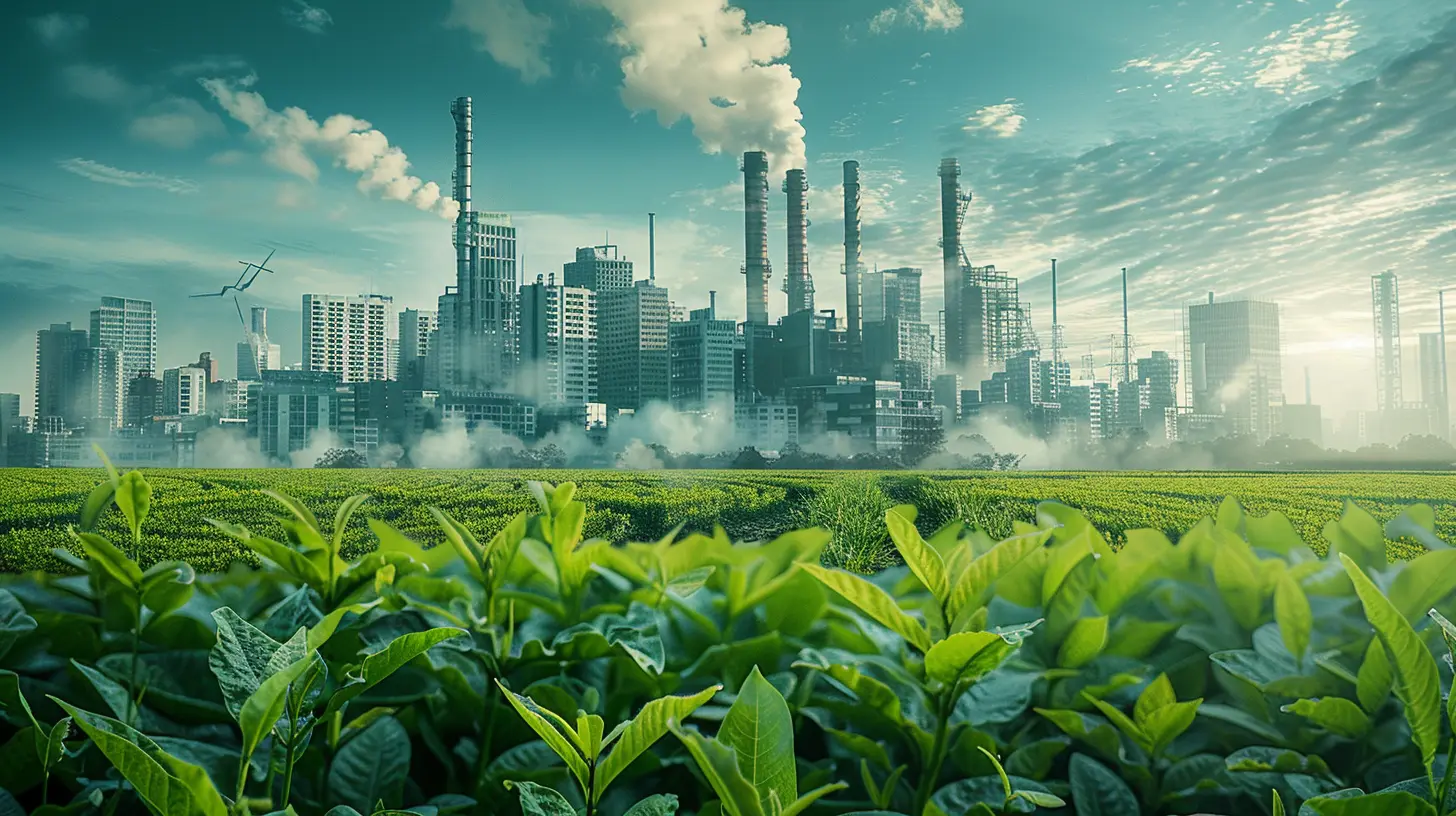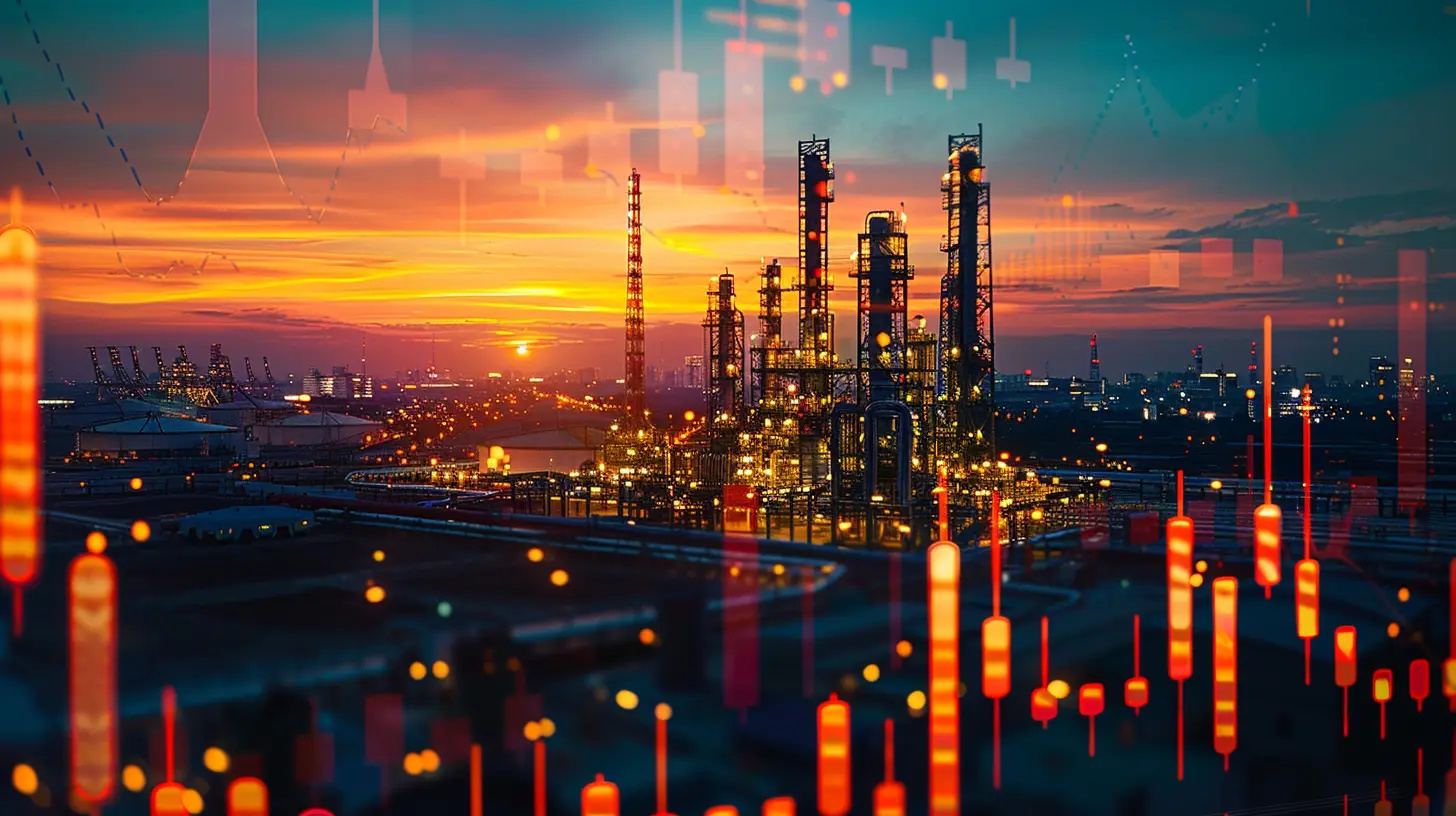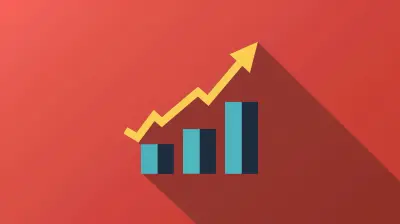The Impact of Natural Resource Prices on Emerging Economies
16 October 2025
Let’s not beat around the bush—natural resources run the world. Oil, gas, metals, timber, and other commodities are at the core of global trade. But for emerging economies, the story gets even more intense. When the price of natural resources shoots up or crashes, it can shake up these countries like a wild roller-coaster ride.
In this article, we're going to dive deep into how natural resource price swings affect emerging economies. We'll look at the good, the bad, and the downright messy. If you've ever wondered why countries blessed with oil or gold sometimes end up in economic chaos—or sudden growth spurts—you’ve come to the right place.
First Off, What Are Natural Resources Anyway?
Natural resources are basically the materials we get from the Earth. Think oil, coal, natural gas, precious metals like gold and silver, and even agricultural products like coffee and cocoa. These are the raw ingredients that fuel everything—from power to production.For emerging economies—like Nigeria, Brazil, Indonesia, and others—these resources can be a gold mine. Quite literally. They often rely heavily on exporting these goods to generate income.
Why Do Resource Prices Even Fluctuate?
A lot of things can move natural resource prices. Here are just a few:- Supply and demand. Obvious, right? If demand for oil goes up and supply stays the same, prices climb.
- Geopolitical events. War in an oil-producing country? Expect the prices to spike.
- Currency strength. Since most commodities are priced in U.S. dollars, a stronger or weaker dollar can make a big difference.
- Weather. Droughts, hurricanes, or floods can slam agricultural production and affect prices.
These aren’t just economic trivia—they ripple through emerging economies in massive ways.
The Boom Time: High Prices, High Hopes
Let's start with the upswing. When natural resource prices go up, emerging economies that export them usually see a flood of money coming in. That can be seriously good news—for a while.1. Economic Growth Takes Off
Higher income from resource exports can boost GDP. Governments have more money to spend on infrastructure, schools, and hospitals. Case in point—during the early 2000s, many African economies enjoyed solid growth thanks to soaring oil and mineral prices.2. Attracts Foreign Investment
When investors smell money, they come running. Rising resource prices can attract foreign direct investment (FDI). New pipelines, mines, and factories spring up, generating jobs and income.3. Strengthens Currency (Sometimes Too Much)
Exporting more means bringing in foreign currencies, which can boost the local currency's value. While that sounds great, there’s a catch. We'll get into that in a bit.
Now for the Dark Side: When Prices Fall
Here’s where things get tricky. Resource prices don’t just go up—they crash, sometimes without warning. And when they do, emerging economies can spiral.1. Budget Deficits and Debt Pile Up
Governments often plan their budgets based on expected resource income. When oil drops from $100 a barrel to $40, like it did in 2014, that gap can wreck public budgets. They’re forced to borrow, cut spending, or both.2. Inflation Can Skyrocket
When the national currency weakens due to low export earnings, import prices rise. This feeds inflation, making food and fuel more expensive for everyday people.3. Unemployment Rises
Industries tied to natural resources—mining, drilling, farming—shrink when prices fall. That means layoffs and less income. In countries without strong social safety nets, it can lead to real hardship.The “Resource Curse” — A Real Thing?
Ever heard of the “resource curse”? It’s this weird, ironic twist where countries rich in resources sometimes end up poorer in the long run.Why? Because they become too dependent on one or two exports. Forget about building diverse economies or investing in education and tech—just pump oil and dig gold. That limited focus makes them vulnerable when prices dip.
Plus, let’s be real—natural resource wealth often fuels corruption. When billions of dollars are up for grabs, power struggles and mismanagement aren’t exactly rare.
What About Inflation and the Dutch Disease?
Let’s get into a couple of nerdier terms—but I promise, they matter.Inflation: The Sneaky Saboteur
When resource prices are high, governments and consumers spend more. This spending can overhear the economy, pushing prices up. Inflation eats away at purchasing power—especially affecting the poor.Dutch Disease: Not Catchy, But Contagious
This happens when a country’s booming resource sector makes its currency too strong. Suddenly, other sectors—like manufacturing and agriculture—can’t compete globally because their products become too expensive to export. Long term, the economy becomes unbalanced and fragile.Case Studies: Real-Life Examples of the Impact
Venezuela: An Oil-Rich Tragedy
Venezuela is one of the richest countries in terms of oil reserves—but that didn’t stop it from economic ruin. When oil prices were high, everything looked great. But when prices dropped? Hyperinflation, political chaos, and mass emigration followed.Nigeria: Boom and Bust Cycles
Nigeria has lived through multiple oil booms and busts. While oil profits have built some infrastructure, corruption and poor planning have kept the country trapped in a cycle of wealth and poverty.Chile: A Shiny Example
Chile, rich in copper, has taken steps to buffer itself. They created a sovereign wealth fund to save money during high-price periods and support the economy when prices fall. Smart move, right?So What Can Emerging Economies Do About It?
Glad you asked. There’s no silver bullet, but there are smart moves.1. Diversify, Diversify, Diversify
Relying on just one or two resources is asking for trouble. Countries need to invest in other sectors—like manufacturing, services, and technology—to reduce dependence.2. Build Sovereign Wealth Funds
Think of these like national piggy banks. During boom periods, stash away excess profits. Then, when prices crash, these funds can support budgets and stabilize the economy.3. Tighten Governance and Transparency
Resource wealth shouldn't end up in offshore accounts. Strong legal frameworks, independent oversight, and accountability can make sure the money benefits the people.4. Invest in Human Capital
Education and healthcare may not bring in immediate returns like oil, but they’re long-term assets. A healthy, educated population can pivot to new industries and drive sustainable growth.The Role of Technology and Innovation
Here’s a curveball—tech can help these economies break the resource trap. Using technology in agriculture, clean energy, or financial services (hello, mobile banking!) opens up new avenues for growth.Take Kenya for instance. While not resource-poor, Kenya has leaned into tech innovation and mobile money to create a more inclusive economy. That’s the kind of adaptability emerging economies can emulate.
Global Stability Means Shared Responsibility
Let’s not pretend emerging economies operate in a vacuum. Rich countries, multinational corporations, and global institutions also have a role.Fair trade policies, ethical mining practices, and climate action all feed into a more stable global market. Helping emerging economies manage resource volatility isn’t just noble—it’s smart economics for everyone.
Final Thoughts: A Balancing Act
The impact of natural resource prices on emerging economies? It’s complicated, to say the least.High prices can boost growth, investment, and jobs. But they can also lead to overconfidence, corruption, and economic fragility. When prices tumble, the damage can be swift and brutal.
In the end, it’s all about how an economy manages the ups and downs. Think of it like surfing. You can’t control the waves—but if you're prepared, you can ride them instead of wiping out.
So, if you're an investor, policymaker, or just someone trying to make sense of global economics—keep your eyes on the resource market. Because in emerging economies, those prices are more than numbers—they’re lifelines.
all images in this post were generated using AI tools
Category:
Economic IndicatorsAuthor:

Audrey Bellamy
Discussion
rate this article
1 comments
Candice Mercado
Imagine if coffee prices determined a country's mood! Natural resources are like roller coasters for economies—hold on tight and enjoy the ride!
October 19, 2025 at 4:29 AM

Audrey Bellamy
Great analogy! Natural resource prices indeed create significant fluctuations in economic stability and public sentiment. It's crucial to adapt and strategize for these ups and downs.


